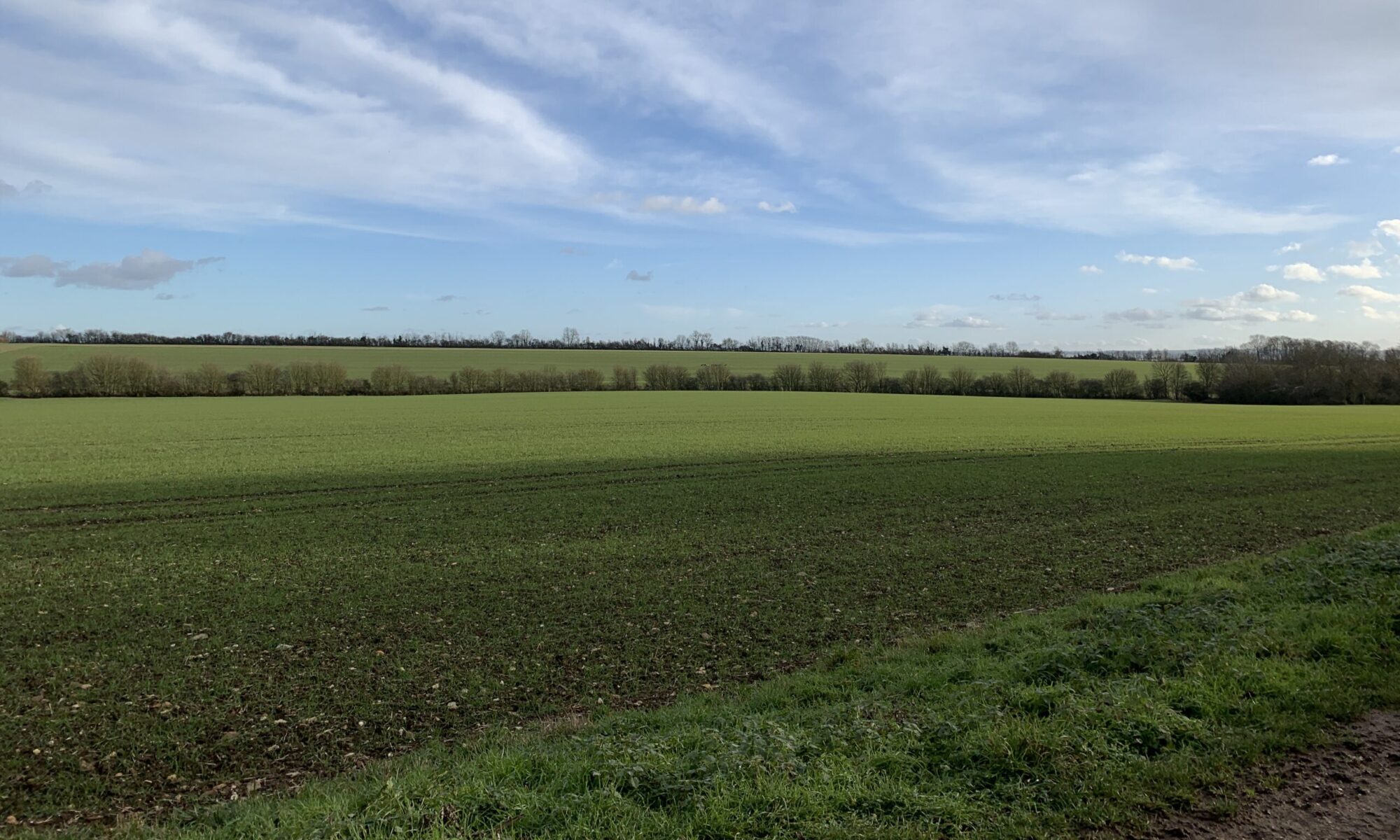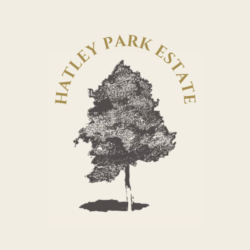The farm grows heavy land arable crops, wheat, barley and oilseed rape. It also has a pedigree herd of Beef Shorthorn cattle, which graze the parkland.
As climate change alters the weather patterns so we have to adapt. The Winters seem to be becoming wetter, and the Springs drier, which means we are tending to grow more Spring crops and fewer Winter crops. Trying to reduce the amount of carbon dioxide in the air becomes more important in trying to slow down climate change so increasing organic matter in the soil becomes more urgent, and we are beginning to look at ways in which that can be done, while still producing food profitably.
There are remains of medieval farming in the parkland, where ridge and furrow shows the remnants of ploughing the selions or strips of land which were farmed by a tenant in the open field system. A village team of usually 8 oxen would plough each strip, throwing up the soil one way, turning around and then throwing up the soil to the same side on the return, therefore over time creating a ridge, where the soil was thrown and the crops were grown, alternating with a furrow where the water drained. The strips tended to be about 220 yards long, or a modern ‘furlong’, which is derived from ‘furrow-length’. There are also old references to ‘Hungry Hatley’ suggesting that working the heavy clay without modern equipment was indeed thankless work.


